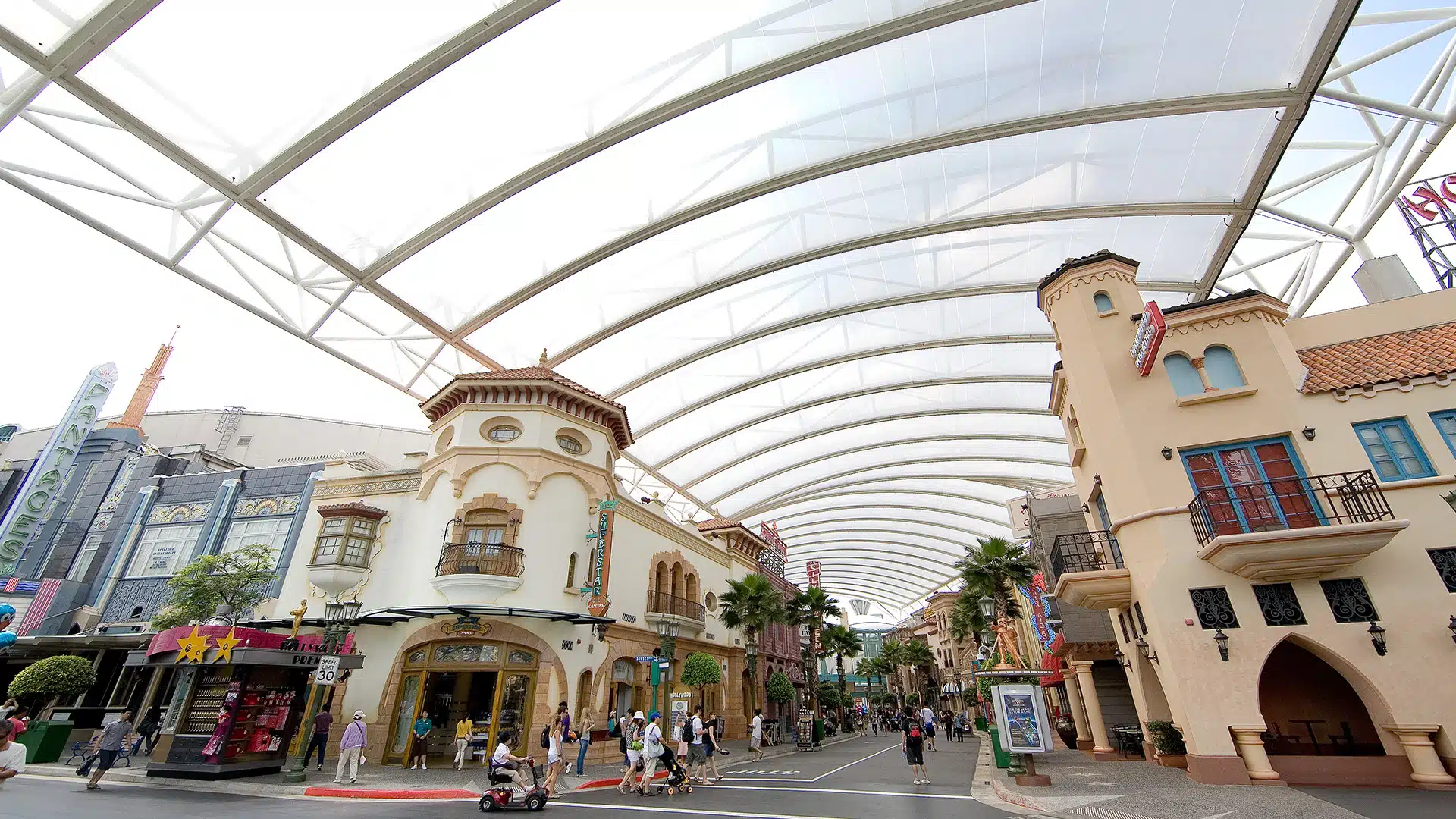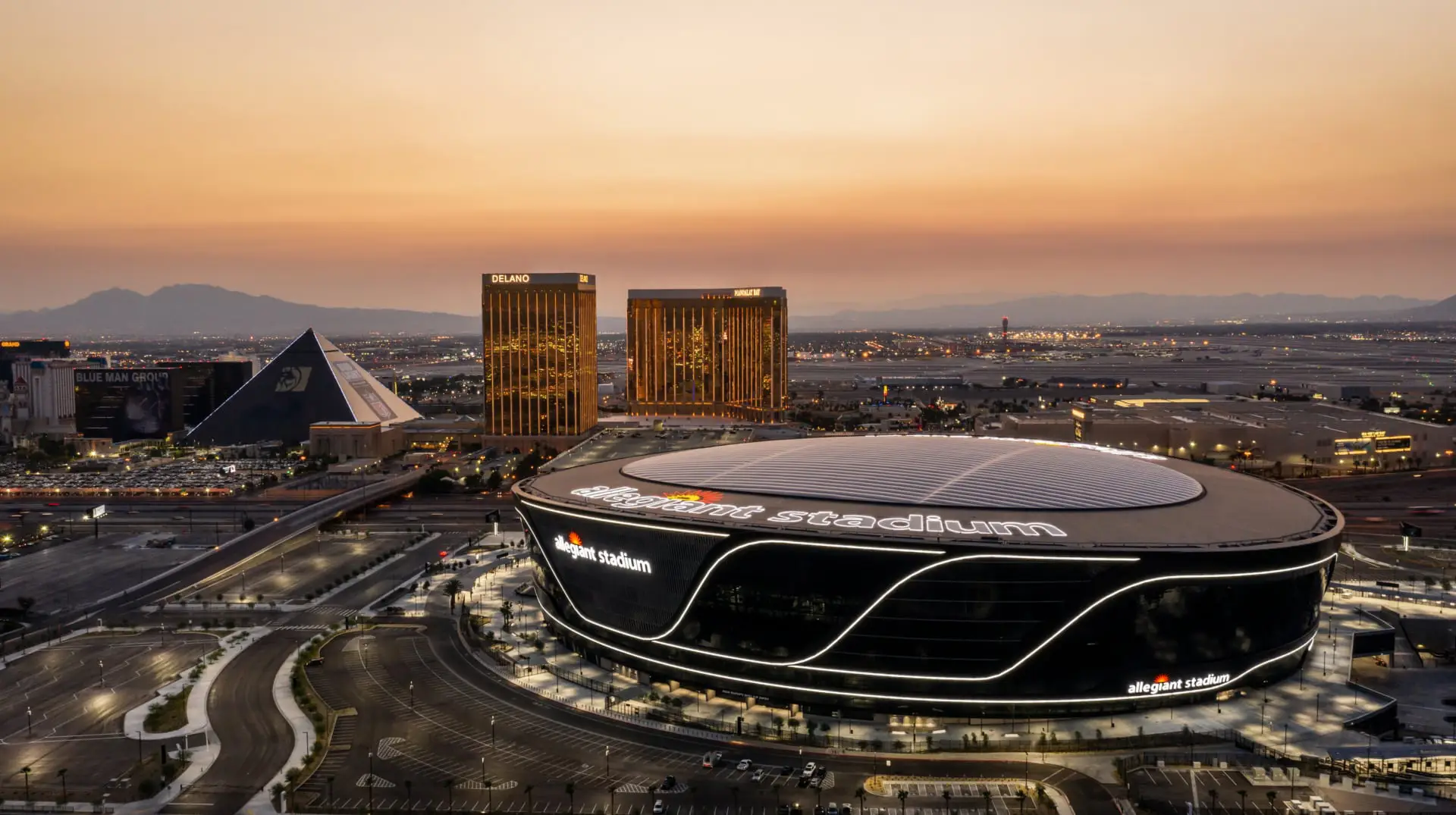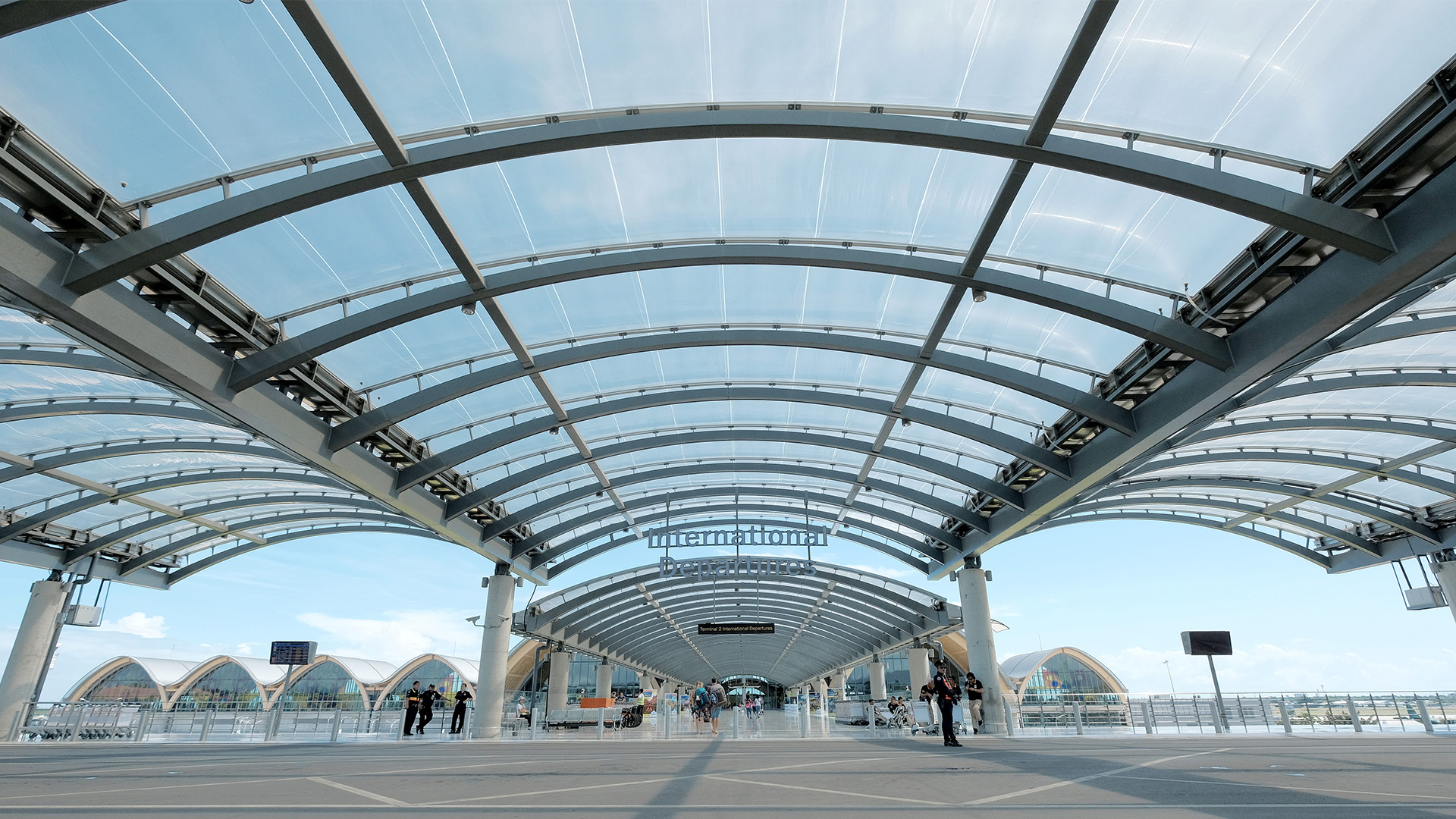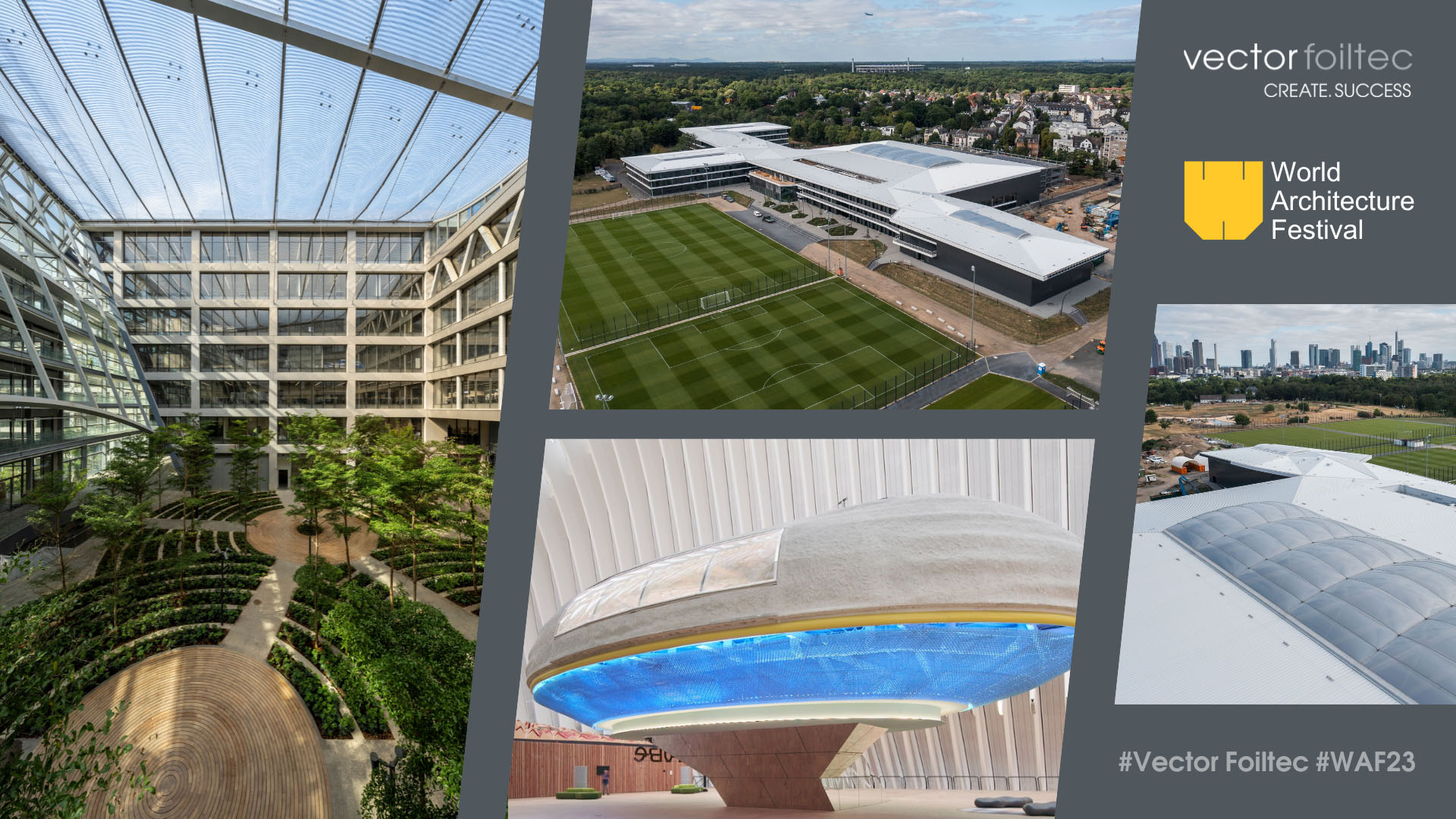ETFE helps to create islands of acoustic comfort
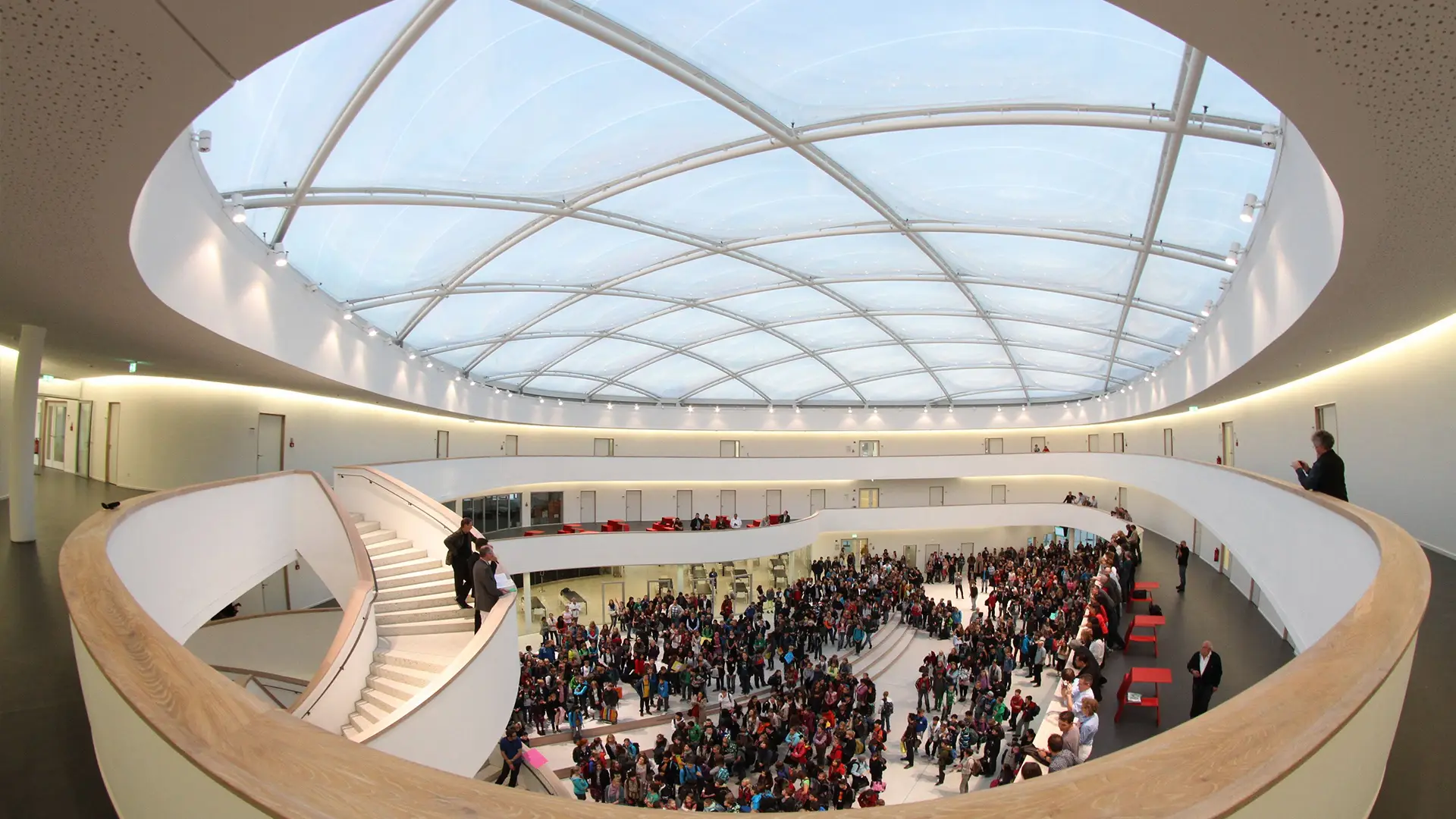
Acoustic comfort with ETFE
Human perception is always multisensorial: thermal, light, acoustic. Thermal and visual comfort are positively influenced by structural membranes – already well-known in building design. But, this is also the case for acoustics, and where ETFE comes into the game. Inside buildings, the comfort is often disturbed by sound pressure caused by people talking and walking, or music. Schools, hospitals and other buildings designed for recreation need a low sound pressure level, malls need acoustic comfort to be commercially successful.
ETFE building material is acoustically transparent. Reflection of noise created inside buildings is minimized. Trying to enjoy those spaces, where other harder materials (e.g. concrete, glass, …) reverberate noises, is more comforting when Texlon® ETFE is the application for roofs and facades.
Inside is outside – like in a garden restaurant
Did you realize that when you go outside after sitting and talking with friends in a restaurant, you find yourself taking a deep, long breath – it is not because of the bad air, but it is because of the high sound pressure level inside. With ETFE as a roof, you are physically sitting inside, but feel like you are outside, like in a garden restaurant.
Why is this? Architects like to incorporate materials that are hard and polished, but the drawback is the sound reverberation (echo). This causes the noise level of common areas like retail malls, school atria and sports stadia to become unpleasant. You find yourself speaking louder to communicate, and it has a domino effect on all parties. This is called Lombard effect, which means that speakers increase their vocal effort and make several vocal changes when speaking in loud background noise. To mitigate this effect, sound absorbing materials are often placed on the underside of ceiling applications. The advantage of Texlon® ETFE? Because of its acoustic properties, it already contributes to the room’s acoustic comfort. ETFE has a low material mass which results in a low reverberation time and its acoustic transparency.
Research and Development for Texlon® ETFE systems
Our Research and Development Department cooperates with the best Universities, and experts in their fields. Concerning acoustics, studies are regularly done comparing the acoustic performance of ETFE, glass, concrete and other cladding materials. The noise simulations in these tests were sounds that would be found in restaurants and separately music. By applying ETFE foil ceiling systems, significant reduction is achieved in middle and low frequencies, where the difference regarding absorption between glass and foil systems is largest.
ETFE for renovation and new projects
You can imagine that a ceiling made of Texlon® ETFE effects the reverberant situation most significantly when walls and floors are made of hard materials. Renovation projects will profit from this advantage because the walls are hard in most older buildings and cannot be changed due to their historical heritage. ETFE foil systems in reverberant situations can help to reduce sound with 8-10 dB when the noise sources are at larger distance in comparison with glass. With ETFE, the noise level is reduced by 50% compared to a glass roof.
See and feel the difference
ETFE's positive impact on acoustic comfort has successfully been tested, simulated, and can of course be experienced in projects we have already built. Visit “The Avenues” mall in Kuwait and you will see and feel the difference between glass and ETFE; which is brighter, lighter and quieter.
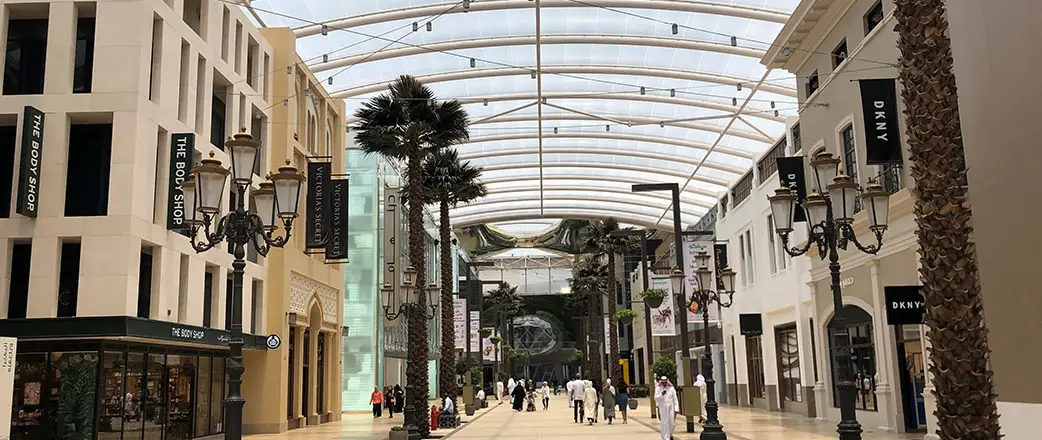
Scientific vs. real-life
If you think with the left side of your brain, check out our publications regarding different testing methods, details and related scientific publications. If you think with the right side of your brain, check out our extensive projects found in our online portfolio and: contact us.
